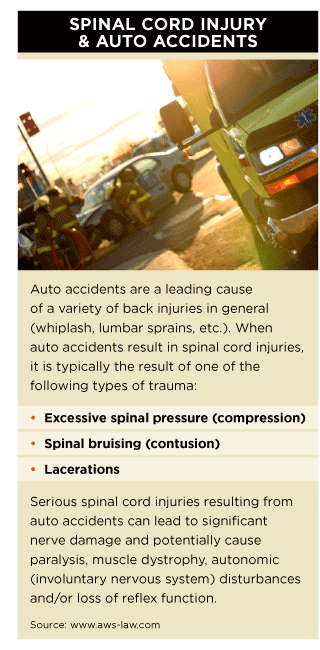Motor vehicle crashes no longer represent the leading cause of traumatic spinal cord injuries in the United States, according to a new report from Johns Hopkins. Instead, slip and fall incidents—especially among the elderly—are generating the largest number of serious spinal injuries. The same research shows, moreover, that rates of these injuries—whose symptoms range from temporary numbness to full-blown paralysis—are rising fastest among older people, suggesting that efforts to prevent falls in the elderly could significantly curb the number of spinal injuries. 
The recent rash of severe weather affecting a large swath of the U.S. (and the resultant icy conditions on sidewalks and other common areas) mean that arguably more seniors will be vulnerable to falls.
“We have demonstrated how costly traumatic spinal cord injury is and how lethal and disabling it can be among older people,” says Shalini Selvarajah, M.D., M.P.H., a postdoctoral surgical research fellow at the Johns Hopkins University School of Medicine and leader of the study published online in the Journal of Neurotrauma. “It's an area that is ripe for prevention.”
Recommended For You
Want to continue reading?
Become a Free PropertyCasualty360 Digital Reader
Your access to unlimited PropertyCasualty360 content isn’t changing.
Once you are an ALM digital member, you’ll receive:
- Breaking insurance news and analysis, on-site and via our newsletters and custom alerts
- Weekly Insurance Speak podcast featuring exclusive interviews with industry leaders
- Educational webcasts, white papers, and ebooks from industry thought leaders
- Critical converage of the employee benefits and financial advisory markets on our other ALM sites, BenefitsPRO and ThinkAdvisor
Already have an account? Sign In Now
© Touchpoint Markets, All Rights Reserved. Request academic re-use from www.copyright.com. All other uses, submit a request to [email protected]. For more inforrmation visit Asset & Logo Licensing.







